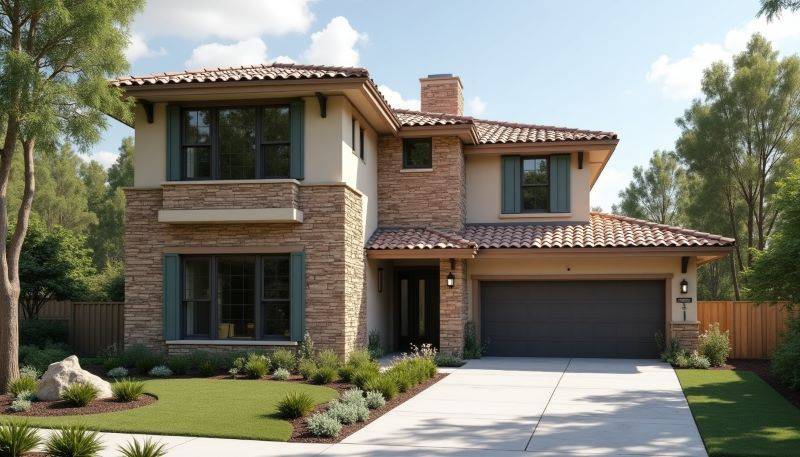
Most people looking for a home only look at the purchase price listed on real estate websites and don't take into account other hidden fees that come with buying a home. If you're not careful, you could end up paying way more for your dream home than you originally thought.
The first step to the home buying process is to get a preapproval from a lender/mortgage broker to see how much home you can afford.
The costs of buying home usually fall into four major categories:
The costs of buying home can add up quickly. You might want to consider talking with a lender about how these costs will impact your budget before you start shopping for homes in earnest.
For example, say you’re shopping for a $350,000 home. The costs of buying home might add up to
$11,300 , including:
$1,100 in escrow costs:
$1,275 in title insurance premiums
$3,625 in mortgage costs
$900 in interest from day one
$900 in appraisal costs
$3,500 in property taxes (6 months)
Mortgage Definitions
Origination Fees: The most common (and avoidable) hidden fee in the mortgage process is the origination fee. This is the fee that some lenders charge for simply generating your loan. For most people, there is no reason why you should pay any more than $500-$1,000 total in upfront fees when buying a house (including closing costs).
Principal: The amount of money you borrow is called your mortgage’s principal. The amount you owe is the most important factor when it comes to your mortgage. Each month you make a mortgage payment you will notice your principal amount will slowly decline as the years pass.
Interest: Interest is the cost of borrowing money, expressed as a percentage. It’s one thing you need to consider when choosing your mortgage payment amount and frequency because it can have an effect on both sides: how much interest does someone owe in total? And what will their monthly payments look like based off those amounts (e..g., 10% saved by making regular monthly savings deposits).
There's plenty going into determining rates--including credit scores which measure riskiness; debt-to income ratios, etc…
Annual Percentage Rates (APR): Interest rates and APR's don't always match up. While both are expressed as a percentage, the former takes into account only interest while also including some closing costs associated with your loan - which may be different from what you were told when applying for it! There is usually a small percentage of difference between a loan’s interest rate and APR but that difference will add up over time. Even 0.25% can have a big impact on the total cost of your home.
Down Payment: A down payment is the upfront sum of money you put toward buying a home, expressed in percentage terms. 20% could be considered “standard” for many people who are looking to purchase their first house or apartment, but there are loan programs that allow for 3% or 10% down.
Again, these costs are just an example. Talk with a lender about how much you can afford and what your costs of buying home might be before making any decisions based on this kind of information.


Jan 24,2025

Nov 27,2022

Nov 20,2022
